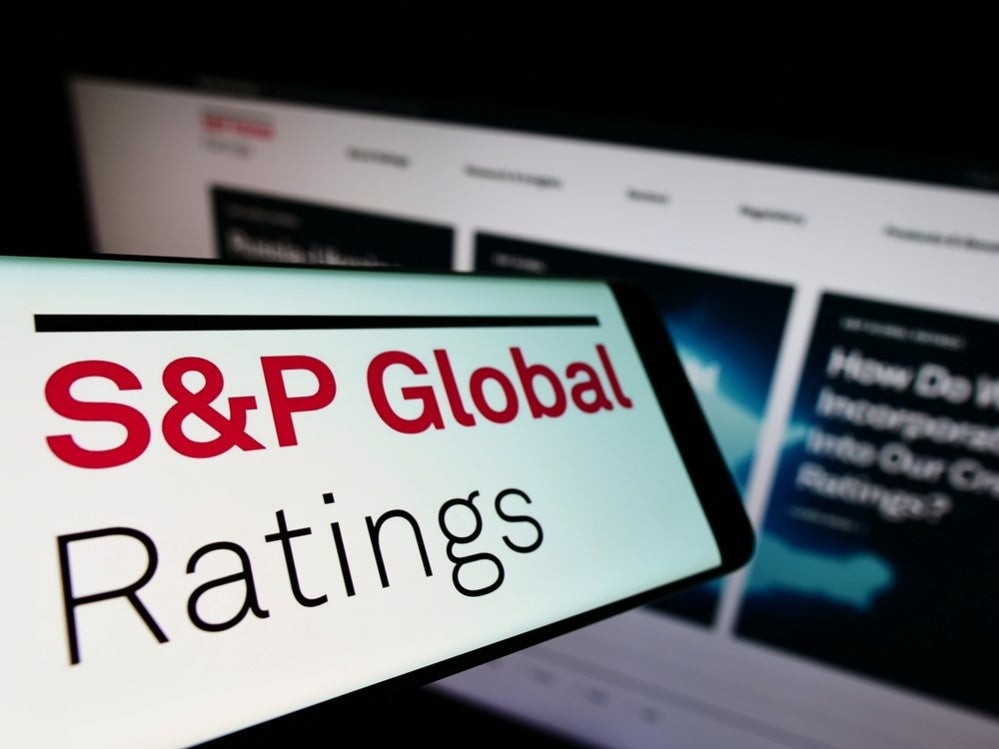
As 2025 approaches, the global automotive industry finds itself navigating a complex web of challenges and opportunities. Several dynamics, including shifting consumer preferences, geopolitical pressures, and evolving regulatory landscapes, are poised to shape the sector’s trajectory.
Against this backdrop, the interplay of EV demand, trade policies, and global market shifts will play a defining role in determining the future of the industry.

Tariffs and trade pressures
The spectre of new US trade tariffs looms large, particularly under Donald Trump’s second presidential term. Madlani warns that proposed tariffs on imported vehicles and parts from Europe, Mexico, and Canada “reignite concerns about profitability and supply chain efficiency.” Such measures would necessitate adjustments in pricing and production strategies and could spur selective relocation of manufacturing operations. For an industry already grappling with thin margins, these changes could have far-reaching consequences, potentially dampening profitability and cash flow.
Simultaneously, foreign automakers are experiencing accelerated market share losses in China, as domestic original equipment manufacturers (OEMs) strengthen their foothold. Suppliers, too, are under pressure to diversify partnerships with Chinese automakers, a move that may dilute returns as they face stiff competition from local leaders.
EV Market Dynamics and Consumer Behaviour
The trajectory of EV adoption, particularly in the US and Europe, is another pivotal factor. According to Madlani, the outlook for EV demand in the US may face downside risks due to “potential changes to consumer and production tax credits under the Inflation Reduction Act (IRA)” and uncertainties surrounding charging infrastructure investments under the Bipartisan Infrastructure Law.
As EV inventories rise and market share gains slow, automakers will face increasing pressure to attract a more price-sensitive segment of buyers. This demographic, Madlani notes, “will prioritise improvements in battery range, advancements in charging infrastructure, and overall vehicle technology.” Compounding this challenge, Europe’s slowing EV adoption raises questions about government support for the clean energy transition, further clouding automakers’ margin outlooks.
Access the most comprehensive Company Profiles
on the market, powered by GlobalData. Save hours of research. Gain competitive edge.

Company Profile – free
sample
Thank you!
Your download email will arrive shortly
We are confident about the
unique
quality of our Company Profiles. However, we want you to make the most
beneficial
decision for your business, so we offer a free sample that you can download by
submitting the below form
By GlobalData
Competitive Pressures and Pricing Dynamics
The automotive sector in 2025 is expected to experience heightened competitive pressures. While global light vehicle demand is anticipated to remain stable, market shares are shifting, with Chinese OEMs gaining ground at the expense of established players. Pricing has been more resilient than previously expected due to disciplined production strategies, but this trend is likely to weaken in the US and Europe as competition intensifies and consumers become increasingly price-sensitive.
Supplier ratings, meanwhile, are expected to be less robust than those of OEMs. Despite ongoing restructuring efforts, suppliers have yet to achieve significant deleveraging or profitability improvements. This fragility underscores the need for suppliers to adapt swiftly to the evolving market environment.
Key risks and opportunities
Several risks could derail the baseline outlook for the auto sector in 2025. Chief among these is the potential for new tariffs on U.S. imports of light vehicles and parts, which would exacerbate cost pressures and complicate product strategies. Additionally, a stronger-than-anticipated economic slowdown, fuelled by low consumer confidence in the US and Europe and decelerating growth in China, could further strain the industry.
On the regulatory front, a delay in meeting Europe’s 2025 emissions targets could provide temporary relief for automakers by stabilising prices and reducing the risk of fines. However, such delays may also slow the pace of the EV transition, prolonging uncertainty for the sector.
Looking ahead
The road to 2025 is fraught with challenges, but it also presents opportunities for innovation and strategic adaptation. Automakers and suppliers must navigate this complex environment by balancing short-term pressures with long-term goals. Investments in technology, operational efficiency, and partnerships will be critical to maintaining competitiveness in an increasingly dynamic market.
As the industry braces for potential disruptions, resilience and adaptability will be key. While the immediate future may be uncertain, the actions taken now will shape the auto sector’s trajectory well beyond 2025.

